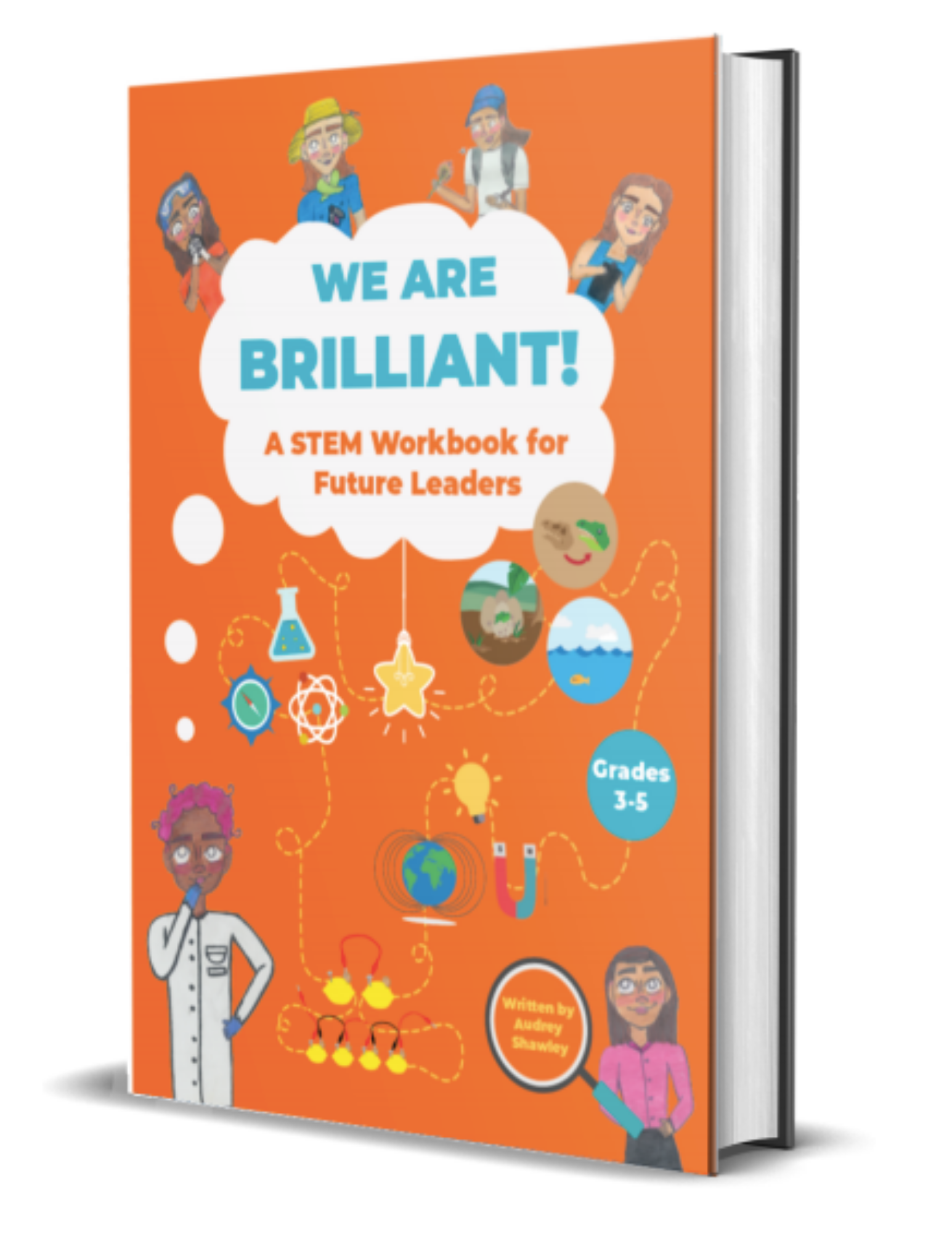Get a soaking surprise and learn about the science behind water exiting a bottle!
MATERIALS:
A plastic bottle
Water
A sharp pushpin
A paper towel
TIME ESTIMATED:
10-15 minutes
DIRECTIONS:
Clean the bottle and remove any labels.
Fill the bottle to the very top with water and twist on the cap.
Carefully, use a sharp pushpin to poke a line of five or six holes about an inch (2.5 cm) from the bottom of the bottle. (don’t squeeze the bottle or it will start leaking before you’re ready) and give the bottle a gentle wipe-down with the towel.
Open the bottle to see what happens and close it again.
Think Like a Scientist!
Why doesn’t the water leak out of the bottle until you unscrew it?
HOW DOES IT WORK?
When you pour out the contents of a bottle, it is not actually empty because it still has air in it. When you fill a bottle with water, the air gets pushed out of the bottle from the opening at the top. You might think that poking a tiny hole in the bottom of a bottle would cause it to leak, but it doesn't. When the lid is on the bottle, air can’t get into the bottle to push on the surface of the water. The tiny holes in the bottom or sides of the bottle are not big enough for the air to sneak into the bottle and push the water out. The water molecules work together to form a kind of skin to seal the holes—it’s called surface tension. When you unscrew the lid, air sneaks in through the top of the bottle and pushes down on the water (along with the force of gravity), and the water squirts through the holes in the bottle.
Further exploration:
In this experiment, you learned why the water was not able to escape the holes in the bottom of the bottle. This helped you come up with several new properties of water that you may not have known before! Scientists such as hydrologists, marine biologists, and aquatic ecologists use what they know about the properties of water in order to make new discoveries and help protect the environment.
Also, the property of surface tension has many applications in everyday life. Some bugs use surface tension in order to walk on water and even to lay their eggs on the water’s surface. Surface tension is also considered in the making of soap, toothpaste, and disinfectants. These products have low surface tension, which allows them to spread around freely and clean well.
Looking for more fun at-home STEM activities for your young scientist? Check out our workbook full of exciting science experiments and empowering activities!
Learn more and purchase today!


